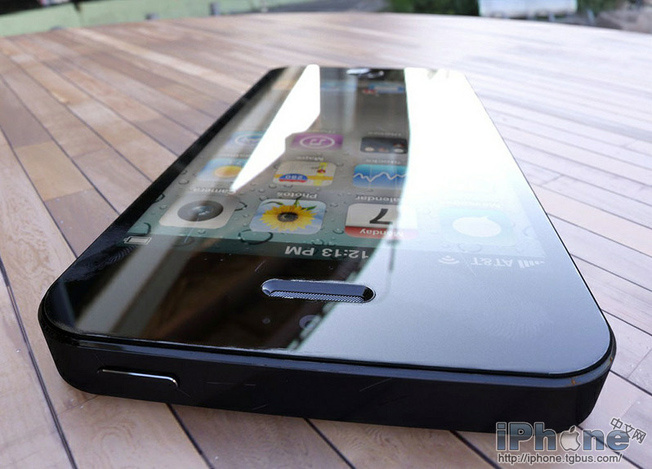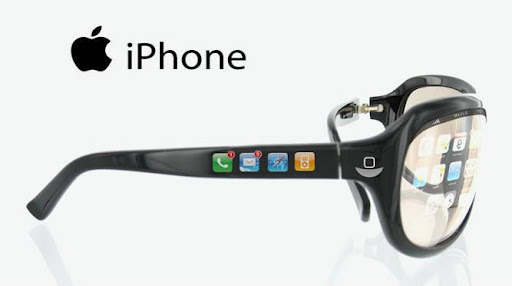It’s that time of year again, and no, I’m not talking about Christmas. The iPhone rumor mill goes on all year round, but when it’s this close to launch, it’s always at its most accurate. The past couple of weeks saw quite a few cases or models of the chassis that will apparently be the new look of the next iPhone. Apple will of course remain tight-lipped on the matter, until the very day of the announcement but unfortunately for them, their manufacturers are not as silent.
Wall Street Journal is known to have great sources that are reliable in revealing company secrets. One such secret is the apparent release of the new iPhone with a much thinner screen. This report is in line with insiders from large display manufacturing companies like Sharp, LG and Japan Display, Inc. These three companies are capable of creating a thinner display for the upcoming iPhone with in-cell technology.
What is in-cell technology?
Let’s start with a little background. The iPhone’s display is made up of 3 distinct parts. The first part is the obvious glass cover, which is your main point of interaction with the device. Right below that glass cover is a touch input panel that translates touch input into the many points of the screen. This layer is then followed by the actual TFT LCD that produces the images you see on screen.
With in-cell technology, the glass cover will remain as it is, but the difference will lie in the next two layers. In fact, there won’t be two layers anymore. It will have just one. The in-cell technology that will apparently be incorporated into the new iPhone from Apple will combine the TFT LCD layer with the touch panel, making an overall thinner display compared to the traditional method. It is also said that the clarity and quality of the display will also increase due to the fact that the LCD will be much closer to the glass cover, and therefore won’t lose any quality over layers.
The overall thin design poses some question as to the future durability of the screen, compared to previous devices. Remember that there is a glass cover, and in most tests, it is only the glass cover that breaks. The glass cover serves as the shield for the underlying parts. In many cases, despite having a broken glass cover, the touch screen panel and display still work. As long as the glass cover holds well, the underlying LCD+Touch panel should be safe as well.
While there are no confirmations at all as to what this would mean in the overall dimensions of the device, two distinct rumors stand out.
One of them mentions the more obvious fact, that a thinner LCD will mean that the device will be thinner overall. Making the device thinner will yield a lighter device, which will make room for the increased screen size that is rumored to be included in the new release.
One other possibility is that the device will maintain its thickness, but will use the extra space saved from the LCD to place a larger battery, to increase the time that the device will keep on going. This is a welcome addition to more practical users who feel that a thinner device will not be good for the iPhone.
Image sources: gottabemobile.com, bgr.com, techtree.com
















